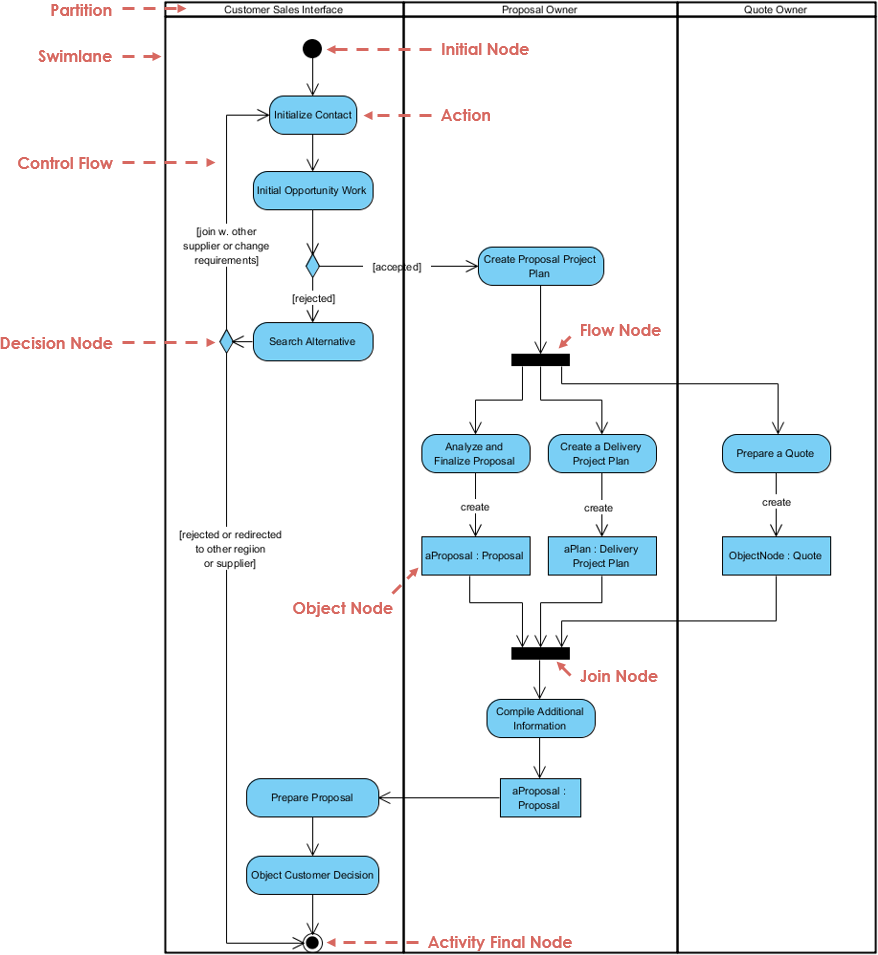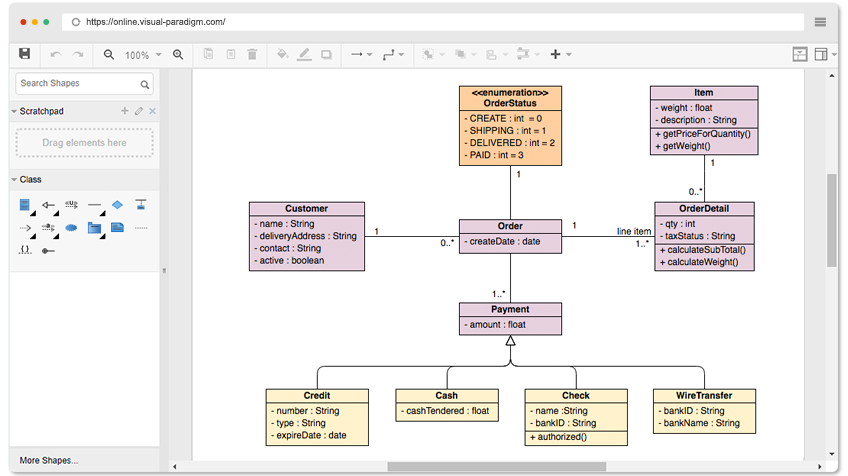Business Process Modeling Using UML Activity Diagrams
Introduction UML (Unified Modeling Language) Activity Diagrams are a powerful tool for modeling business processes. They visually represent the flow of actions and decisions in a process, making it easier to understand the dynamics of various workflows. This tutorial will guide you through the steps of creating a Business Process Model using an Activity Diagram, focusing on the provided example. Key Components of UML Activity Diagrams Before diving into the tutorial, it's essential to understand the basic components of an Activity Diagram: Swimlanes: These are vertical or horizontal partitions that represent different actors…continue reading →



